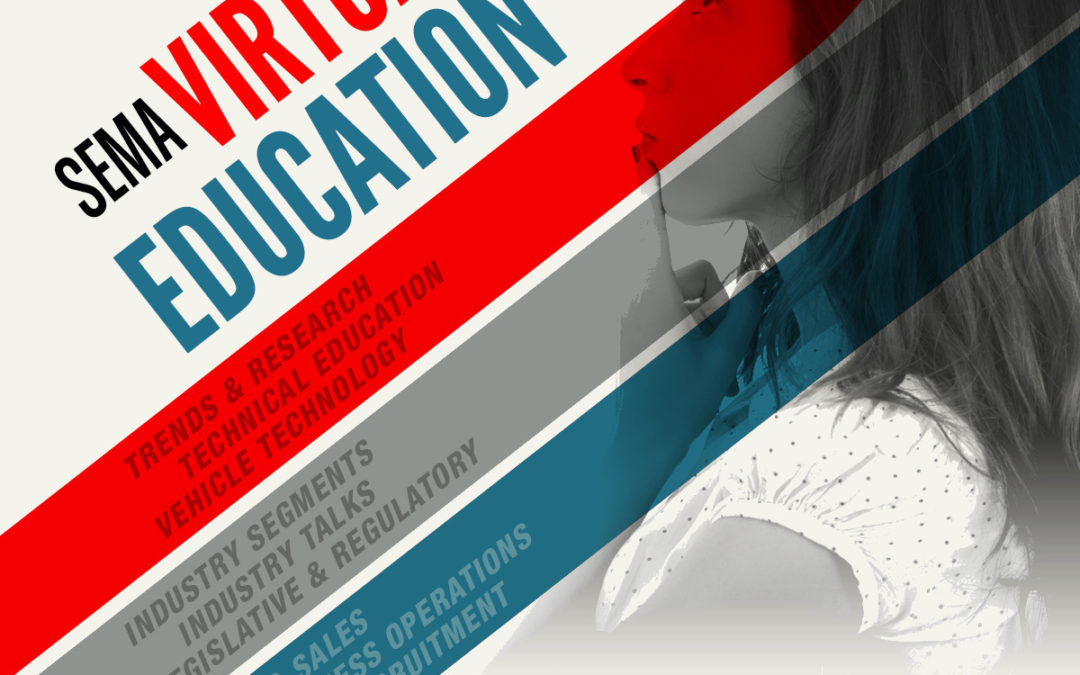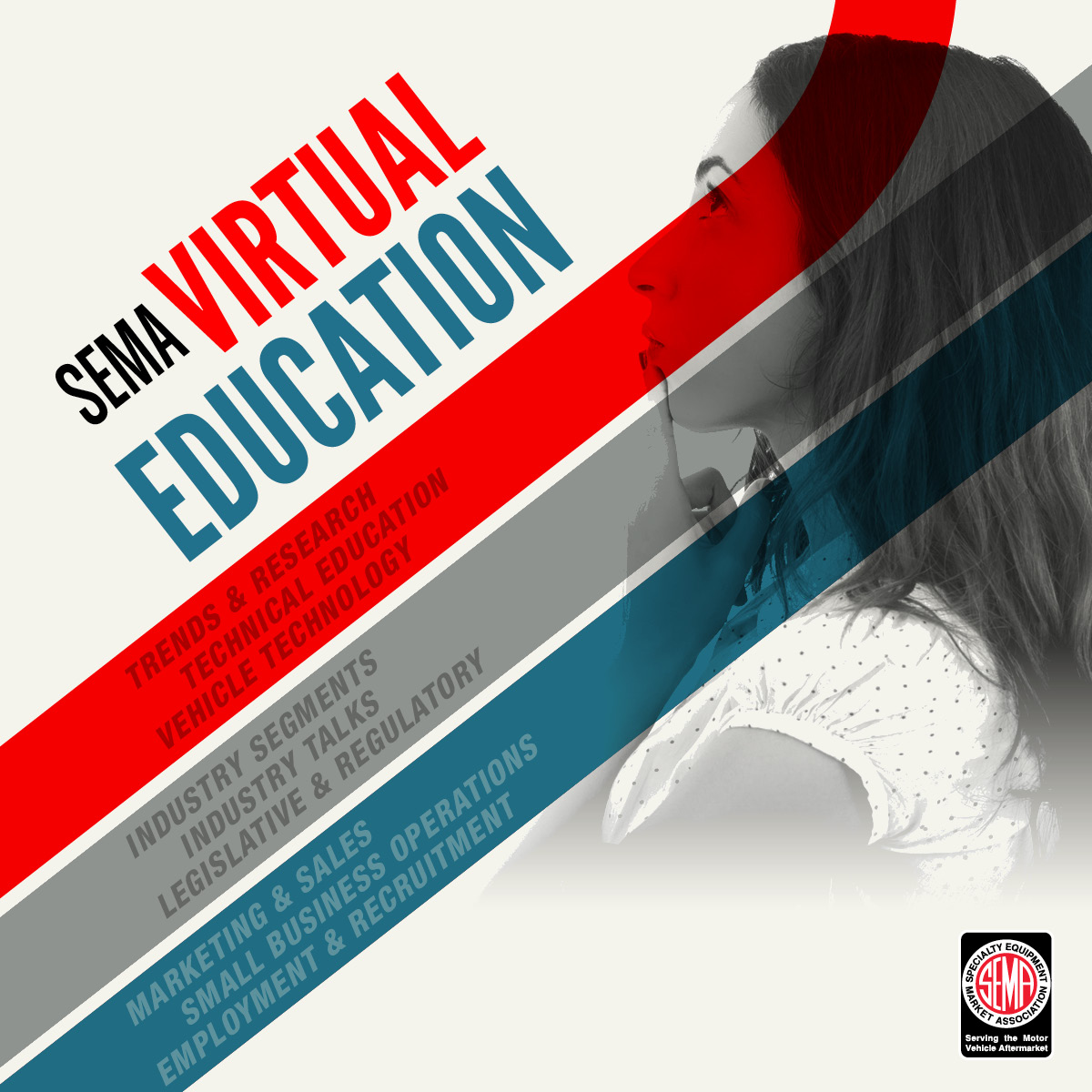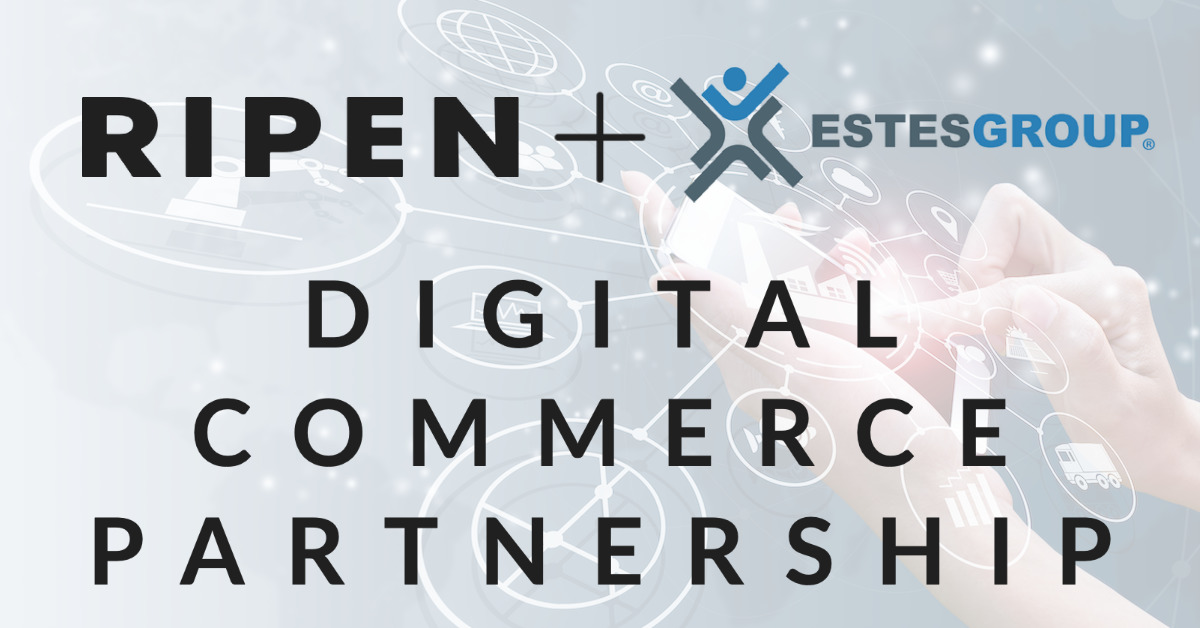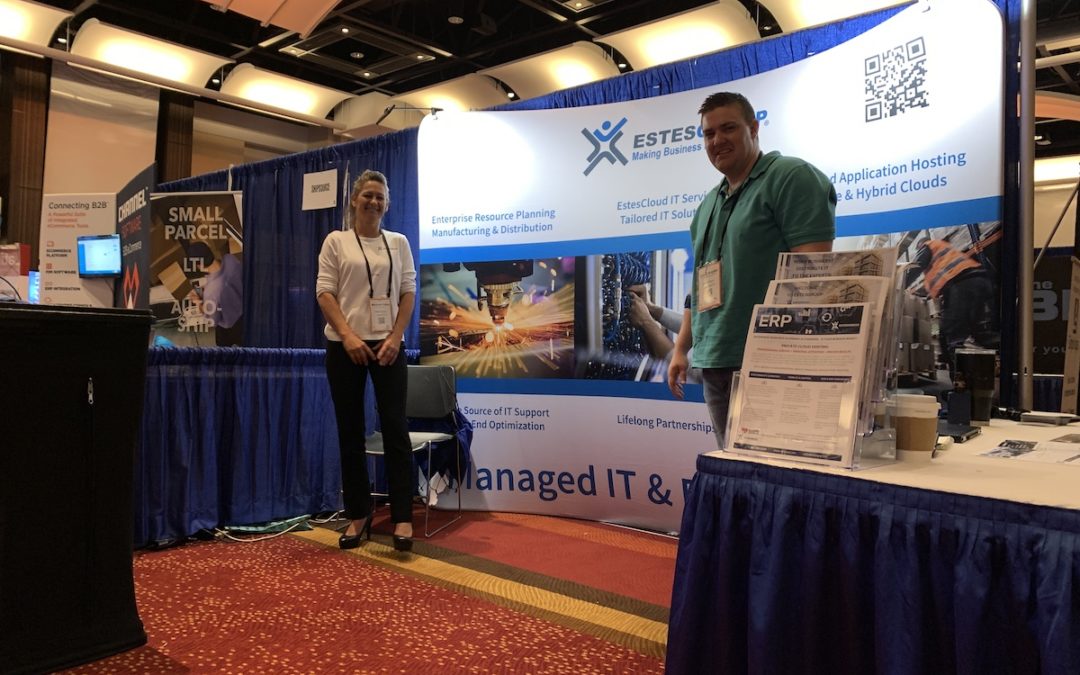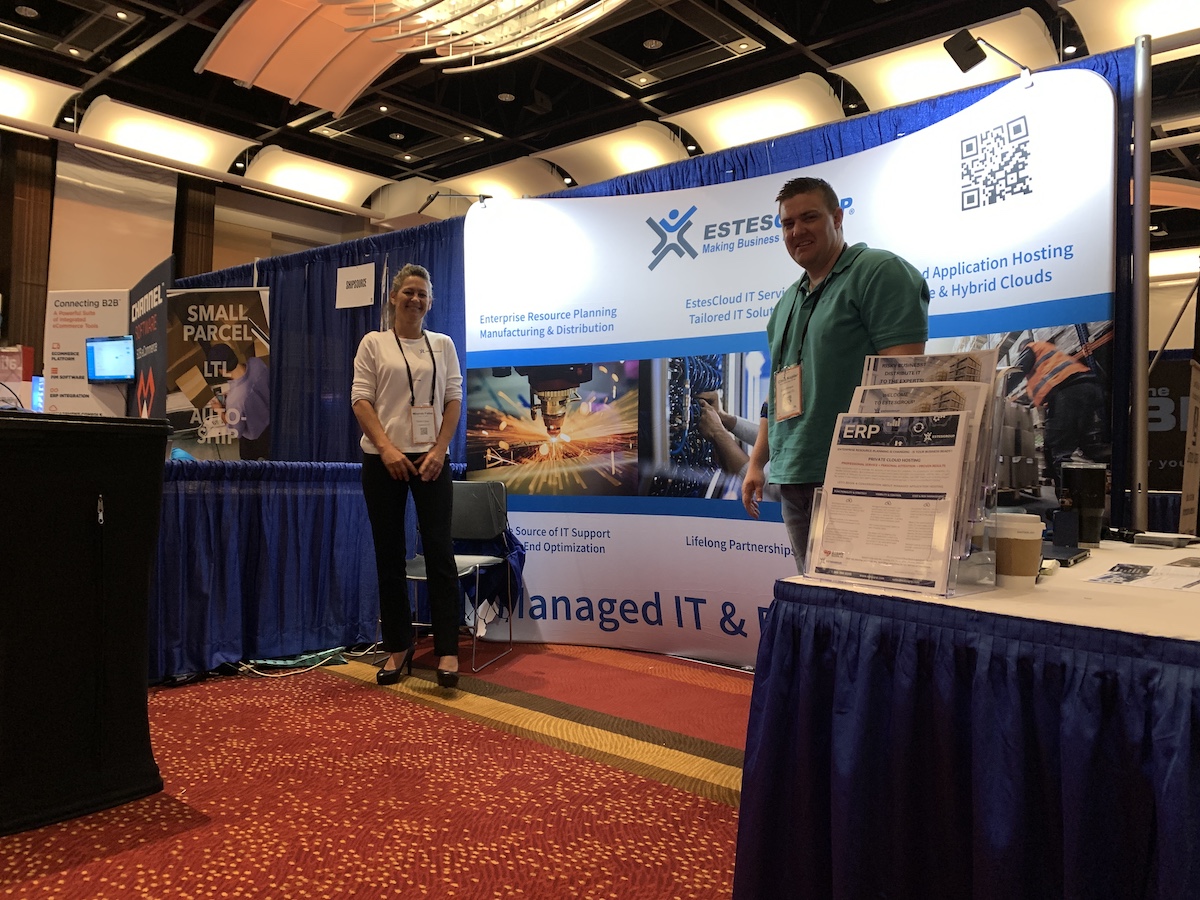
Employee Retention: The Attrition Mission
There’s a significant shift occurring in the job market. And our manufacturing and distribution industries will not escape the impact.
For the past few years, it has been an employer’s market and many workers were unable to find jobs. But that has changed in the last 18 months and there are growing concerns about employee retention.
In the past 5 months, over 15 million US workers have quit their jobs.
Plus, in recent surveys, 40% of employees are considering leaving their jobs in the next 3-6 months. Rather than cooling down, there are projections that more attrition is coming.
There are many reasons this could be occurring. And many strategies to consider. What’s clear is that if your organization is not understanding the root issues, it will increase your employee attrition rate rather than reduce it.
Before we can answer what it takes to retain your best employees, it’s important to understand the dynamics of the situation.

Differing Perspectives
A recent article, by McKinsey and Company, explored this topic. It noted several disconnects between organizations and employees. These disconnects are likely contributing to employee dissatisfaction.
The article highlights that organizations often focus on increasing compensation and financial perks as a first step to stop employee attrition.
But is that scratching the itch that employees are feeling? What if there is “more at work” (pun intended) than making more money? And if compensation is not the driving issue, how should your organization respond?
Let’s start with the emotional toll of the last 18 months during the pandemic. Behind it we can learn more.
Most employees have experienced rapid change. Illness, online meetings, hospitalizations, new work procedures, vaccines, deaths, politics, changing recommendations, school closings, and daily unknowns have been their daily diet. At work their relationships were frayed by new routines and rules. Constant fear contributed to few social interactions, no get-togethers and limited travel. And with it the use of masks limited our ability to communicate visually.
Employee Expectations
The result has been a change in employee’s work needs. Studies are showing that employees are looking for these benefits in their work:
- A sense of value from being in the organization
- The potential for advancement
- Having caring and trusting teammates
- Options for a more flexible work schedule
- Feeling more valued by their managers
- A sense of belonging
Shared Expectations
Both employers and employees do agree on some things. They both believe that these issues need to be addressed:
- Work-life balance
- Unmanageable workloads
- Feeling disengaged at work
- Help with caring for families
Organizational Focus
This leaves us to consider whether employers are right in focusing primarily on these issues which may not be valued by employees:
- Creating more opportunities
- Accommodating more remote work
- Improving the health of employees
- Discouraging employees from looking for new jobs
- Taking steps to limiting poaching by competitors
Suggested Focus
The McKinsey and Company article recommends that organizations start by listening to employees and including them in discussions. This signals that employees are valued.
That doesn’t happen when management decisions are handed down without employee input. Such decisions are often seen as indicators that management is uncaring and disconnected from employees. And who wants to work in a place like this?
There are positive things that can change the tone in organizations. And they involve asking hard questions about your organization and then moving to address any problems.
- Is our organization sheltering toxic leaders who do not value, inspire or motivate their employees?
- Are the right people in the right roles in both our management and non-management ranks?
- How can we make our culture more collaborative and open to conversations?
- How do we replace transactional approaches with relational approaches that stress collaboration and value?
- Are our company benefits aligned with employee priorities that are top-of-mind?
- What career paths and development opportunities do our employees really have?
- How can we build community at work by encouraging better relationships?
From Ideas to Action
Each of these questions focuses on increasing the collaborated relationship across the organization. They send the message that the organization is empowered by trusted relationships and a shared future.
So, what can we say at this point?
First, it is clear is that the employee/employer relationship has changed over the past 18 months. Employees are wanting a more relational approach to their work, more connectivity and more value from their workplace.
Secondly, there are real opportunities for your organization. Those manufacturing and distribution organizations which lead with dialogue and listening will find ways to benefit from the changes.
They will retain top performers because they communicate value, a shared future and positive opportunities.
Now, what can you do to get this moving with your team?
Ask the Author

Rob McMillen is a Senior Project Manager with EstesGroup. He has worked in the manufacturing industry for over 30 years supporting multiple implementations of new ERP systems and leading projects. Because his mom was an English teacher, he grew up with a love of writing. Combined with his working experience, he has written articles for LinkedIn and User Groups, and has published numerous blog posts. He is also a co-author of a book on technology and working collaboratively. He currently lives in the DFW area.

